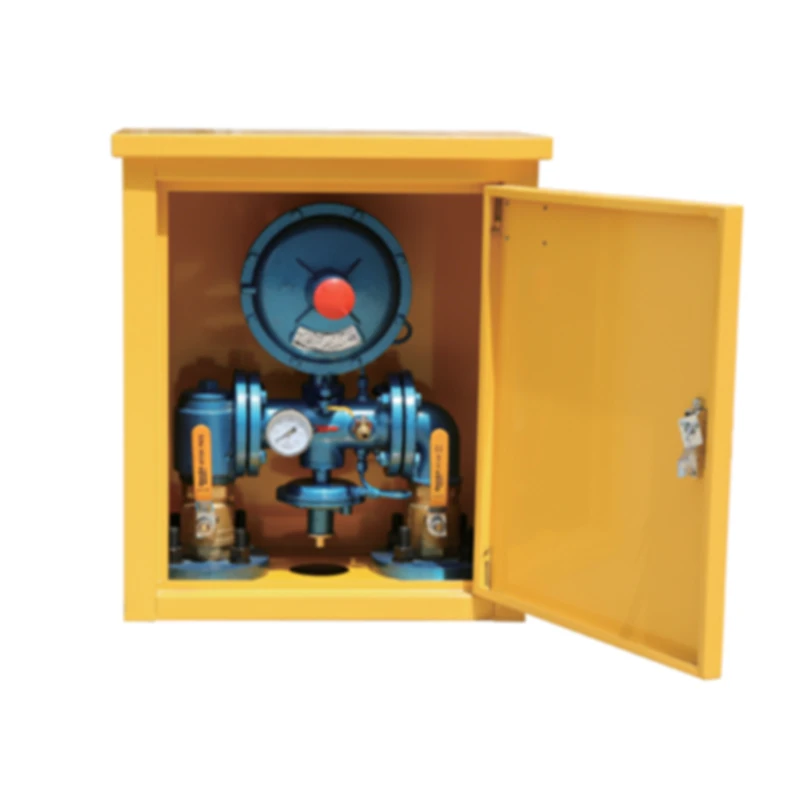
Nov . 27, 2024 23:21
Back to list
Pressure Relief Strategies for Enhanced Comfort and Well-being
Understanding Pressure Relief Devices A Comprehensive Overview
In the world of engineering and safety management, pressure relief devices (PRDs) play a crucial role in ensuring the integrity and safety of various systems. These devices are designed to alleviate excessive pressure that can build up in a system, thereby preventing catastrophic failures. This article explores the importance of pressure relief devices, their types, applications, and the principles surrounding their operation.
What are Pressure Relief Devices?
Pressure relief devices, commonly referred to as safety valves, pressure relief valves (PRVs), or burst disks, are mechanisms designed to protect equipment and systems from overpressure conditions. These devices automatically release pressure when it exceeds a predetermined level, thereby preventing potential disasters such as explosions, equipment damage, or chemical spills. Understanding the different types of PRDs and their operational principles is essential for effective safety management.
Types of Pressure Relief Devices
1. Safety Valves These are commonly used in steam and gas applications. Safety valves are spring-loaded devices that automatically open at a set pressure to vent excess steam or gas, then close when normal pressure is restored.
2. Relief Valves Typically used in liquid applications, relief valves function similarly to safety valves but are designed for pumping systems. They release liquid when pressure rises beyond a specified limit.
3. Burst Disks These are thin, perforated membranes that rupture at a predetermined pressure. Burst disks are often used in situations where quick release of pressure is essential and are typically a one-time use solution.
4. Pilot-Operated Valves These valves use a small pilot pressure to control a larger main valve. They offer a more precise control over pressure release and are often found in more complex systems.
.
Pressure relief devices are integral to various industries, including
مزلقة تخفيف الضغط

- Oil and Gas In the oil and gas sector, PRDs are critical for preventing overpressure in pipelines and storage tanks, protecting both personnel and the environment from dangerous leaks and explosions.
- Chemical Processing Chemical plants utilize PRDs to ensure that reactors operate within safe pressure limits. The release of built-up pressure can prevent dangerous reactions and maintain safe operational conditions.
- Power Generation In power plants, particularly those utilizing steam, safety valves are essential for regulating steam pressures and ensuring that turbines operate safely.
- Manufacturing Many manufacturing processes produce gases or vapors that can generate excessive pressure. PRDs help maintain system integrity and worker safety in these environments.
Principles of Operation
Pressure relief devices operate on fundamental principles of physics. All PRDs are designed with a predetermined set point, the maximum allowable working pressure (MAWP). When internal pressure exceeds this point
1. Activation The device opens to relieve the pressure, preventing further increase. 2. Ventilation The excess pressure is vented safely to the atmosphere or redirected to a safe location.
3. Restoration Once pressure levels normalize, the device returns to a closed position, ready for future operations.
Conclusion
Pressure relief devices are vital components in various industrial processes, ensuring safety by preventing overpressure scenarios. Their diverse applications across industries reflect their significance in protecting equipment, personnel, and the environment. As technology advances, the design and functionality of these devices continue to evolve, enhancing their reliability and effectiveness. Understanding the types, applications, and operational principles of pressure relief devices is essential for anyone involved in safety management, engineering, or process operations. By prioritizing the installation and maintenance of these devices, industries can mitigate risks associated with overpressure and enhance overall safety.
Latest news
-
Safety Valve Spring-Loaded Design Overpressure ProtectionNewsJul.25,2025
-
Precision Voltage Regulator AC5 Accuracy Grade PerformanceNewsJul.25,2025
-
Natural Gas Pressure Regulating Skid Industrial Pipeline ApplicationsNewsJul.25,2025
-
Natural Gas Filter Stainless Steel Mesh Element DesignNewsJul.25,2025
-
Gas Pressure Regulator Valve Direct-Acting Spring-Loaded DesignNewsJul.25,2025
-
Decompression Equipment Multi-Stage Heat Exchange System DesignNewsJul.25,2025

